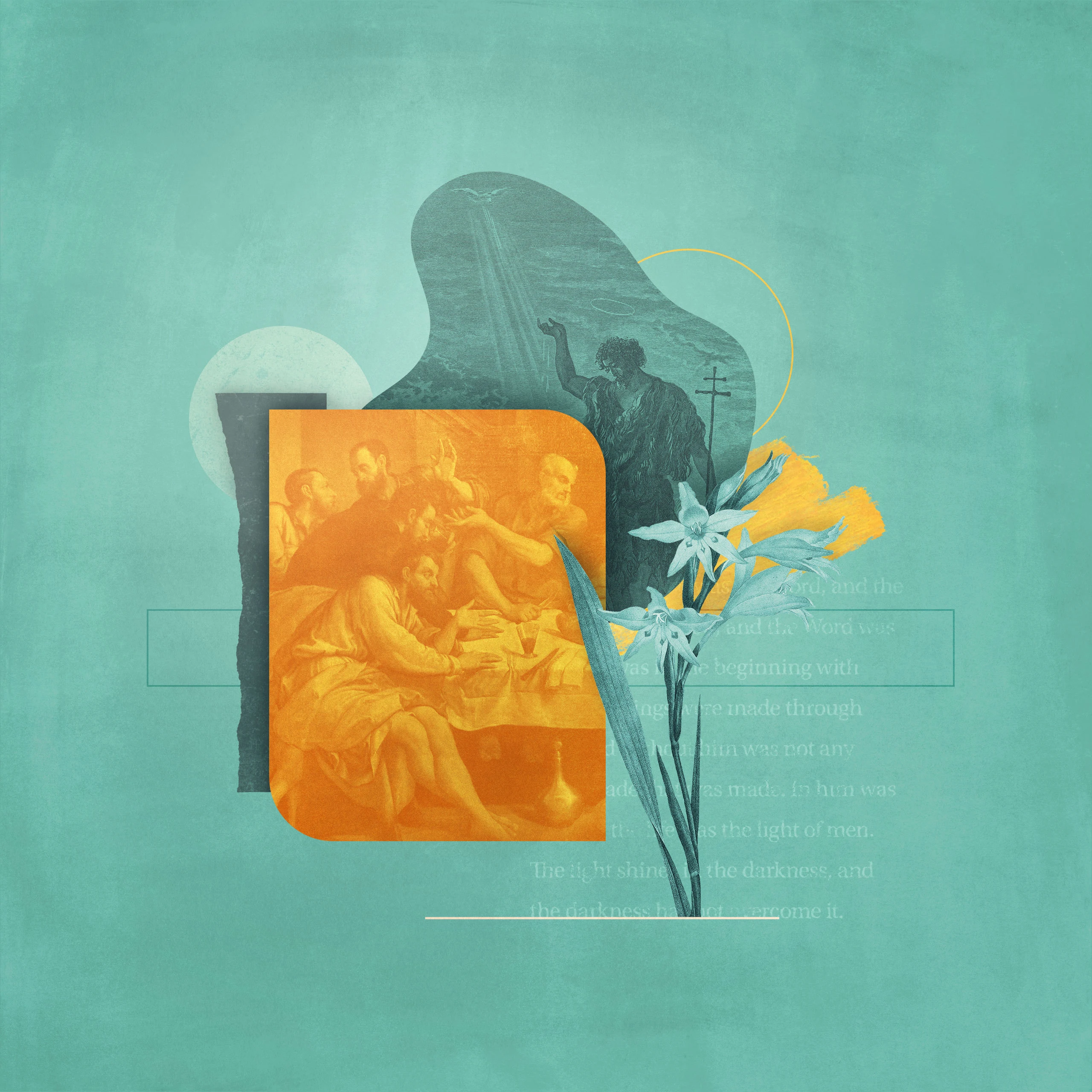3 Things You Should Know About John’s Gospel

Matthew, Mark, and Luke are traditionally labeled as the “Synoptic Gospels.” They provide a synopsis of the birth, life, ministry, death, resurrection, and exaltation of Jesus as God’s promised Messiah and the once-for-all salvation He has secured. They are not different gospels, but the testimony of three Apostolic eyewitnesses to Jesus, His unique person, and the events that secured redemption.
When we come to the gospel according to John, it is immediately apparent that, although it deals with the same subject matter, it has a distinctive angle. Instead of providing a synopsis of Christ’s life and work, it provides a selective overview highlighting the defining elements of who Jesus is and what sets Him apart as the only One who can rightly be acknowledged as “the Christ.”
John identifies this as the key to understanding his gospel toward its very end: “These are written so that you may believe that Jesus is the Christ, the Son of God, and that by believing you may have life in his name” (John 20:31). This leads us into three features of John’s gospel that highlight its importance.
1. John includes eyewitness testimony that Jesus is the Son of God.
John sets out to present the case for Jesus of Nazareth’s being the Christ and lays out the kind of testimony that would stand up in a court of law. In his prologue, John makes what sounds like the most outlandish of claims. His opening words have unmistakable echoes of the first words of Genesis and its description of creation. He speaks somewhat enigmatically about the agent of creation’s being “the Word” but then links this figure unmistakably with the incarnate Son of God (John 1:14–18). What stands out in the prologue, however, is John’s inclusion of his namesake, John the Baptist, whose calling was to be “a witness” to this fact (John 1:6–8). John the Evangelist immediately goes on to spell out John the Baptist’s testimony (John 1:19–34), declaring boldly that Jesus is “the Lamb of God, who takes away the sin of the world” (John 1:29) and, as if he were giving testimony in a courtroom, avers, “I have seen and have borne witness that this is the Son of God” (John 1:34).
The theme of the strands of testimony that Jesus is the Son of God and Savior of the world are woven throughout John’s gospel, including the testimony of Pilate (John 18:38–39), John’s own eyewitness testimony to the death of Christ (John 19:35), and even the surprising fact that Mary Magdalene is recorded as the first eyewitness of the resurrected Christ (John 20:18). The extraordinary claims of John’s evangel are substantiated by the testimony of credible witnesses.
2. John includes miracles that testify Jesus is the Son of God.
A second key feature of John is that he records only seven of Jesus’ miracles and identifies them as “signs.” In doing so, he highlights how they function to provide tangible but supernatural pointers to His being the Son of God incarnate.
Jesus’ first miracle at the wedding in Cana is described as “the first of his signs” that “manifested his glory” and led to his “disciples believ[ing] in him” (John 2:11). It harks back to God’s promise through Isaiah about “a feast of rich food” and “aged wine” (Isa. 25:6) that would mark the coming of Messiah.
The six additional signs in John’s record each highlight a particular aspect of Jesus’ being the incarnate Son. Three in particular serve as de facto visual aids to sermons Jesus delivered that were either directly linked to them or that John uses thematically in his gospel record. One is the connection between the feeding of the five thousand and the Bread of Life Discourse (John 6:1–59), and another between Jesus’ “I am the Resurrection and the Life” sermon and the raising of Lazarus (John 11:17–27, 38–44).
3. John includes the Upper Room Discourse to give us insight into Jesus’ mission.
The final feature that looms large in John and provides a distinctive feature of its message is the Upper Room Discourse (John 13:1–17:26). It is as though we are allowed to eavesdrop on what Jesus had to say on that solemn occasion.
It begins with Jesus literally showing Himself to be the promised Servant of the Lord as He washes His disciples’ feet (John 13:1–20). It unfolds with Jesus’ disclosure of His impending betrayal by one of His own, but showing this was integral to God’s plan of salvation.
He goes on to speak of His going to prepare a place for His disciples and how people through the ages can be sure of getting there (John 14:1–7), then of God’s promise to send His Holy Spirit, the Spirit of Christ, through whom Jesus continues to be present with His people through the ages. Then He provides a reality check on what it means to be His follower in this fallen world—in which we “will have trouble”—but also the comfort of knowing that Christ has overcome the world and will be our keeper (John 16:33).
The scene in the upper room ends with our being able to listen in to perhaps the most significant prayer ever offered. Often referred to as Jesus’ High Priestly Prayer, Jesus prays for the success and efficacy of His saving mission. As we begin to grasp its significance, it explains in advance the achievement of what unfolds in the chapters that follow before Pilate’s court, on Calvary’s cross, and through the empty tomb. This truly is good news that is worth believing.
This article is part of the Every Book of the Bible: 3 Things to Know collection.


